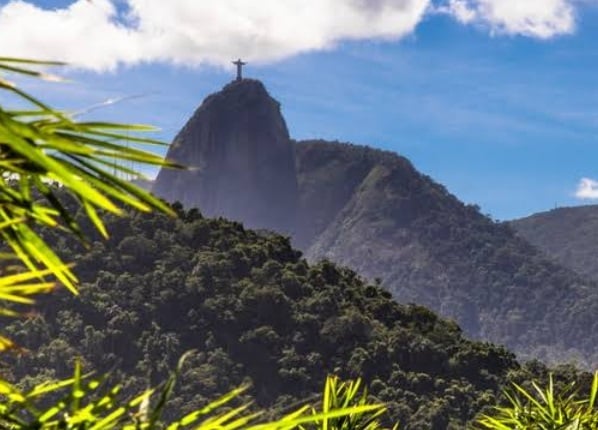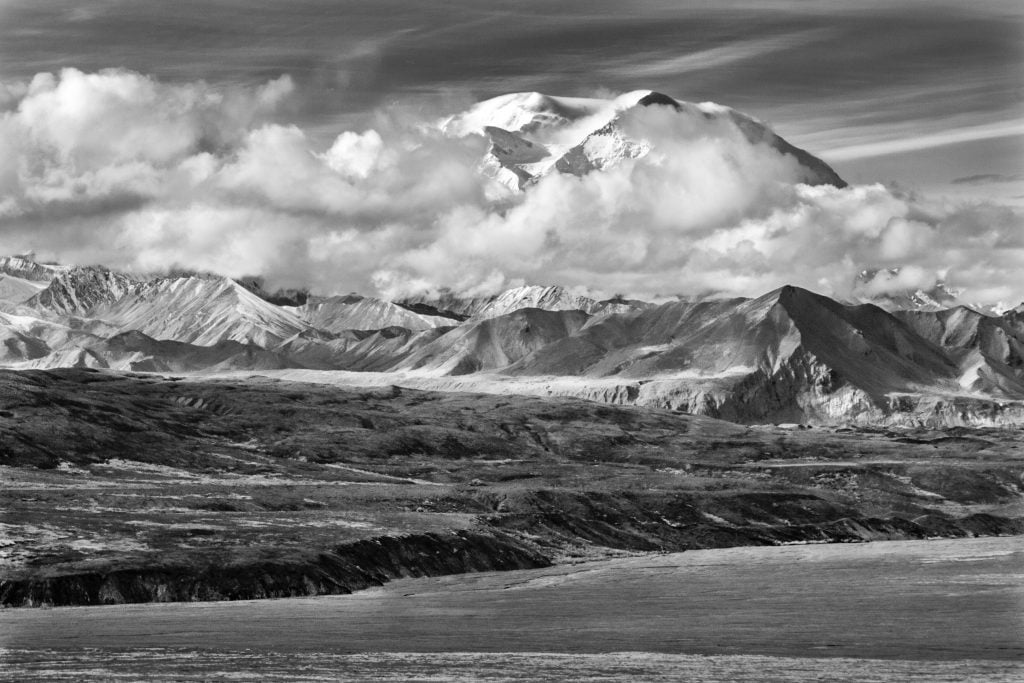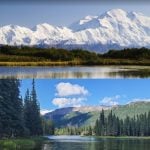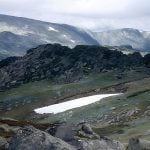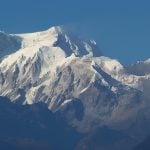Highest Mountains in the Americas (Highest to Lowest)
The Americas are home to diverse mountain ranges, including the Rocky Mountains and Appalachians in North America and the Andes and Sierra Nevada de Santa Marta in South America. These mountains shape the continent’s topography and climate, influencing precipitation, temperature, and wind patterns. They also serve as the source of numerous rivers, harbor rich mineral and natural resources, and offer significant tourism opportunities. Moreover, mountains contribute to the continent’s biodiversity by creating diverse habitats and microclimates. In essence, mountains are an integral part of the American continent, contributing to its natural beauty, economic prosperity, and ecological balance.
1. Aconcagua (6,961 meters)
Aconcagua is the highest mountain in South America and one of the Seven Summits, located in Argentina. It is part of the Andes mountain range. Climbing Aconcagua is relatively easier and is attempted by many climbers every year. Aconcagua offers stunning views and diverse flora and fauna.
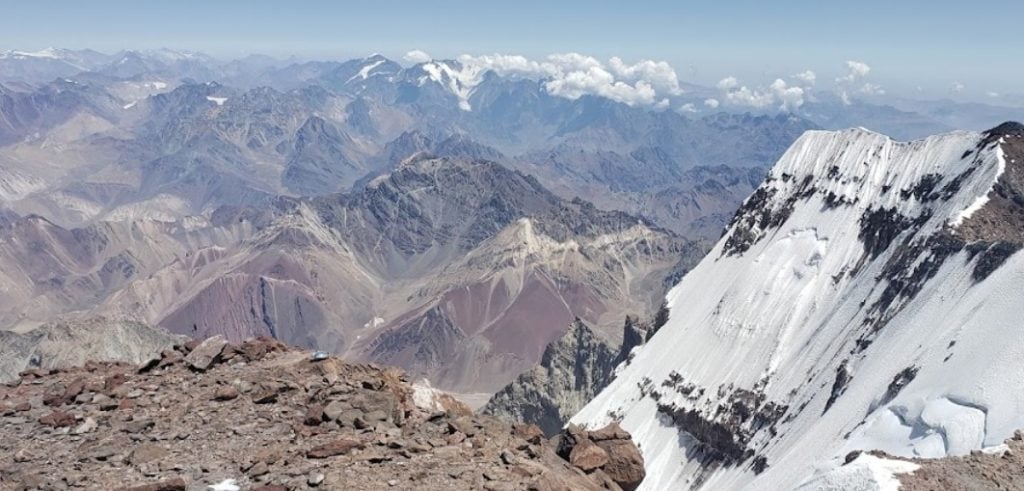
2. Denali (6,190 meters)
Denali is the highest mountain in North America and the third highest mountain in the world, located in Alaska. It stands at 6,190 meters tall and is the centerpiece of Denali National Park and Preserve. Climbing Denali is a challenging and dangerous endeavor, even for experienced mountaineers.
North America’s Highest Mountain: Mount McKinley
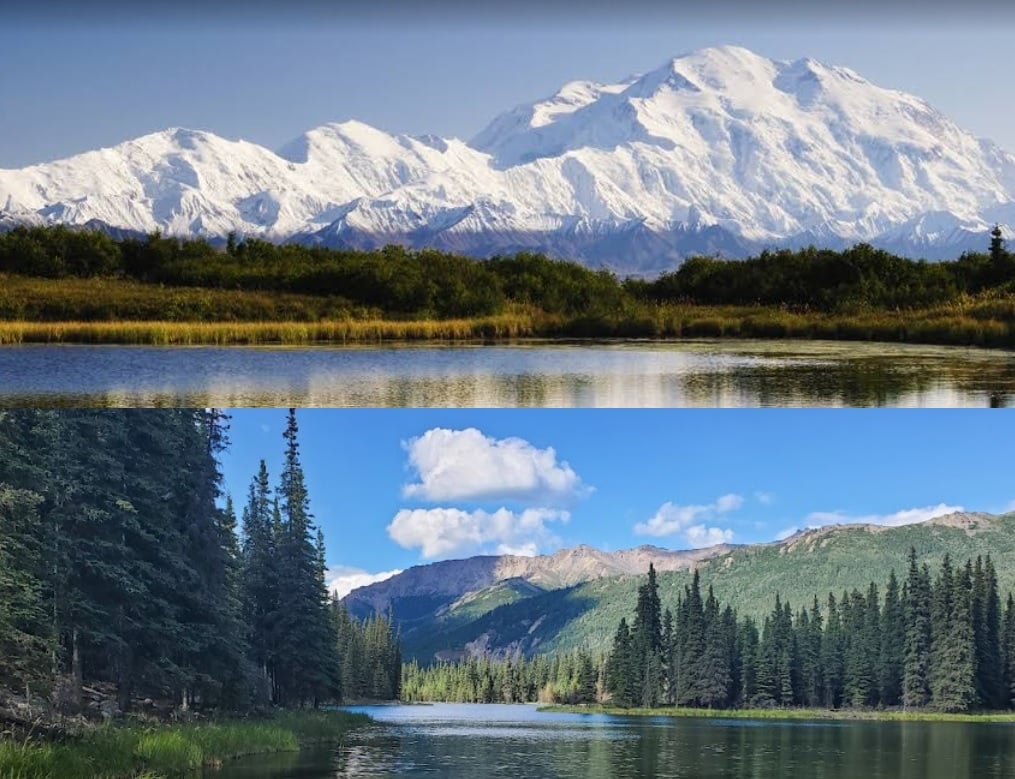
3. Ojos del Salado (6,893 meters)
Ojos del Salado is an active volcanic mountain located on the border of Argentina and Chile. It is the second highest volcano in the world and the second highest mountain in South America. Climbing Ojos del Salado is very challenging and dangerous. It offers spectacular views and unique geological features.
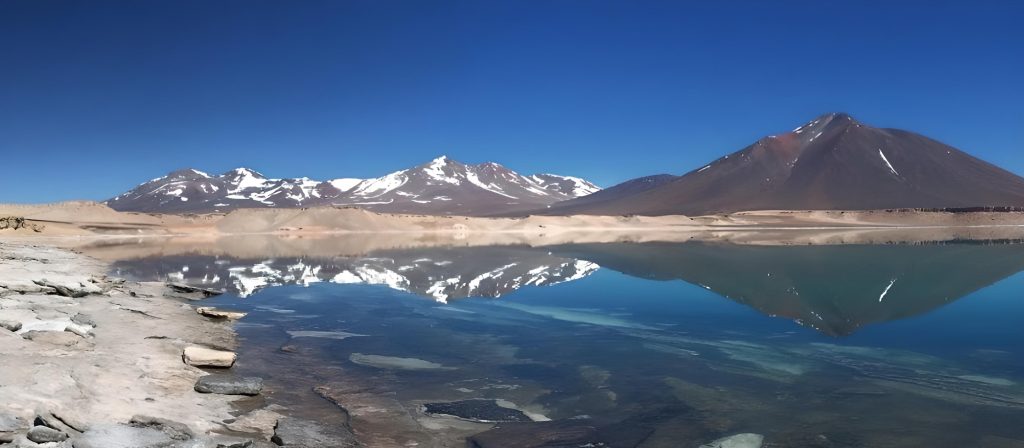
4. Monte Pissis (6,795 meters)
Monte Pissis is a mountain located in Argentina and part of the Andes mountain range. It is the fourth highest mountain in the world. Climbing Monte Pissis is very challenging and dangerous, even for experienced mountaineers. It offers stunning views and diverse flora and fauna.
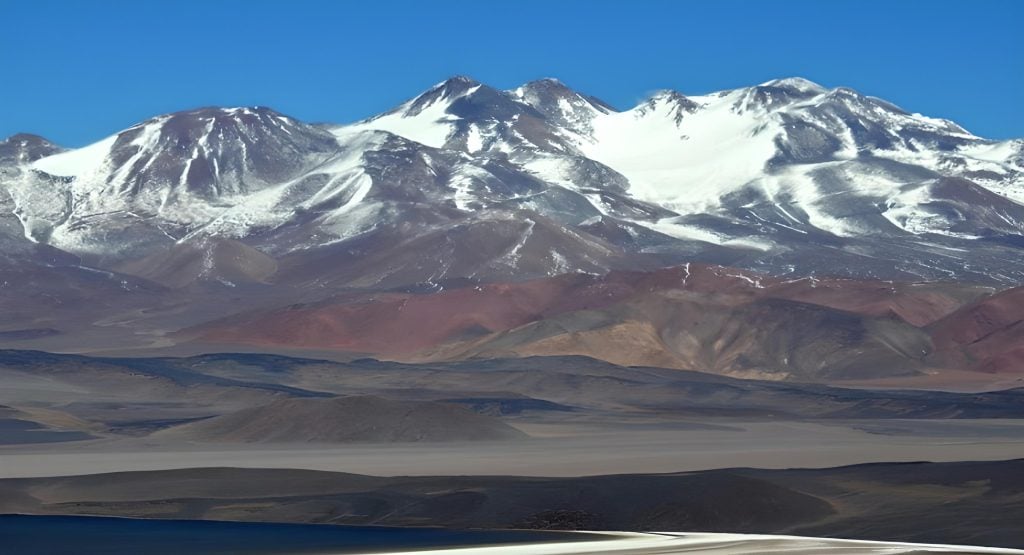
5. Huascarán (6,768 meters)
Huascarán is a mountain located in Peru and part of the Andes mountain range. It is the fifth highest mountain in the world. Climbing Huascarán is very challenging and dangerous, even for experienced mountaineers. It offers breathtaking views and diverse flora and fauna.
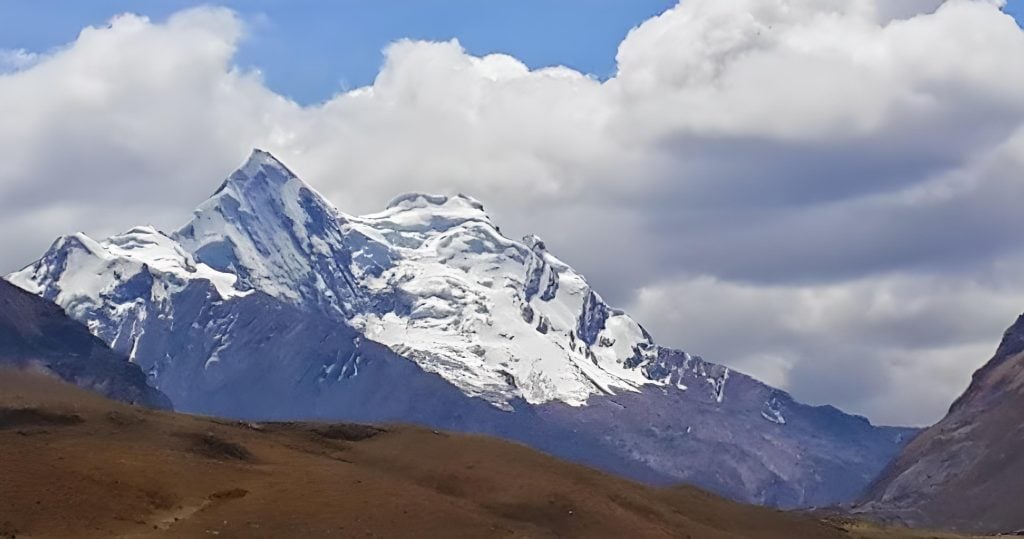
6. Yerupajá (6,634 meters)
Yerupajá is a mountain located in Peru and part of the Andes mountain range. It is the sixth highest mountain in the world. Climbing Yerupajá is very challenging and dangerous, even for experienced mountaineers. It offers stunning views and diverse flora and fauna.
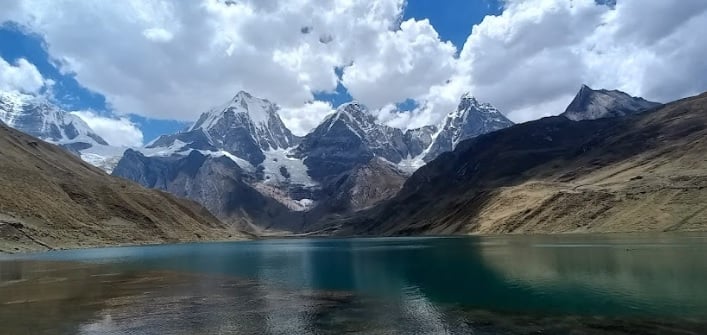
7. Salkantay (6,271 meters)
Salkantay is a mountain located in Peru and part of the Andes mountain range. It is the twentieth highest mountain in the world. Climbing Salkantay is relatively easier and is attempted by many climbers every year. It offers spectacular views and diverse flora and fauna.
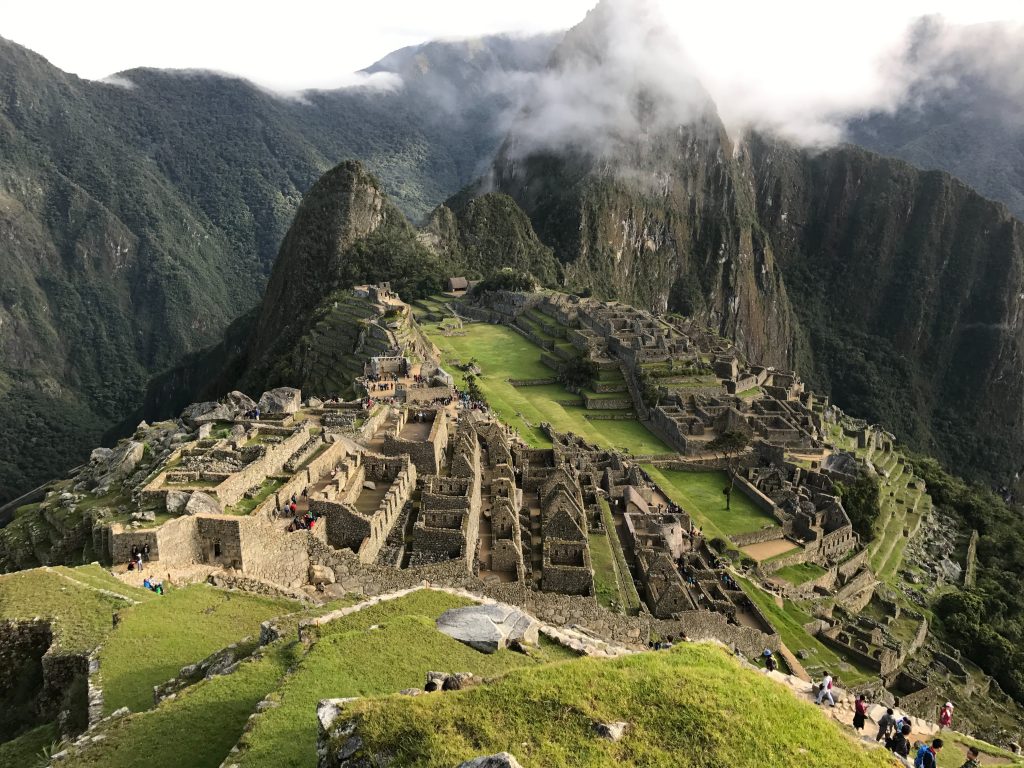
8. Llullaillaco (6,739 meters)
Llullaillaco is an active volcanic mountain located on the border of Argentina and Bolivia. It is the second highest volcano in the world and the third highest mountain in South America. Climbing Llullaillaco is very challenging and dangerous. It offers breathtaking views and unique geological features.
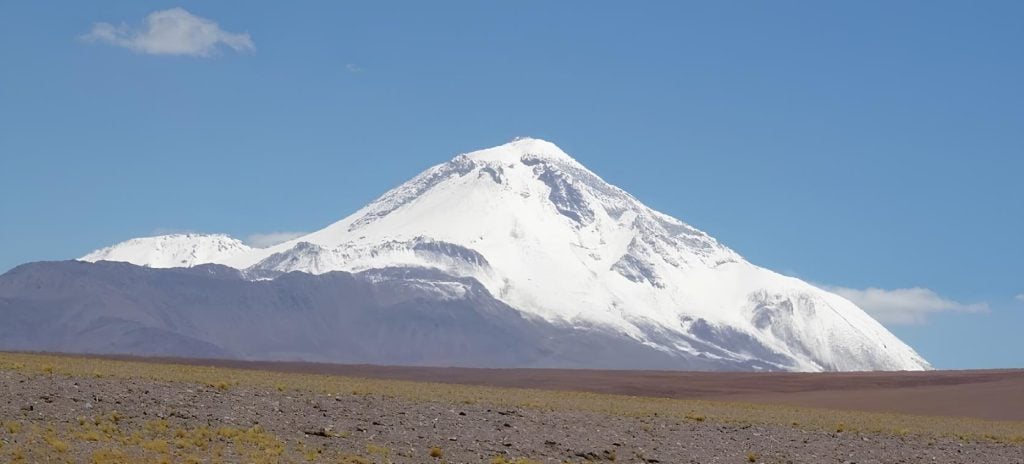
9. Antisana (5,753 meters)
Antisana is an active volcanic mountain located in Ecuador and part of the Andes mountain range. It is the sixteenth highest volcano in the world. Climbing Antisana is very challenging and dangerous, even for experienced mountaineers. It offers stunning views and unique geological features.
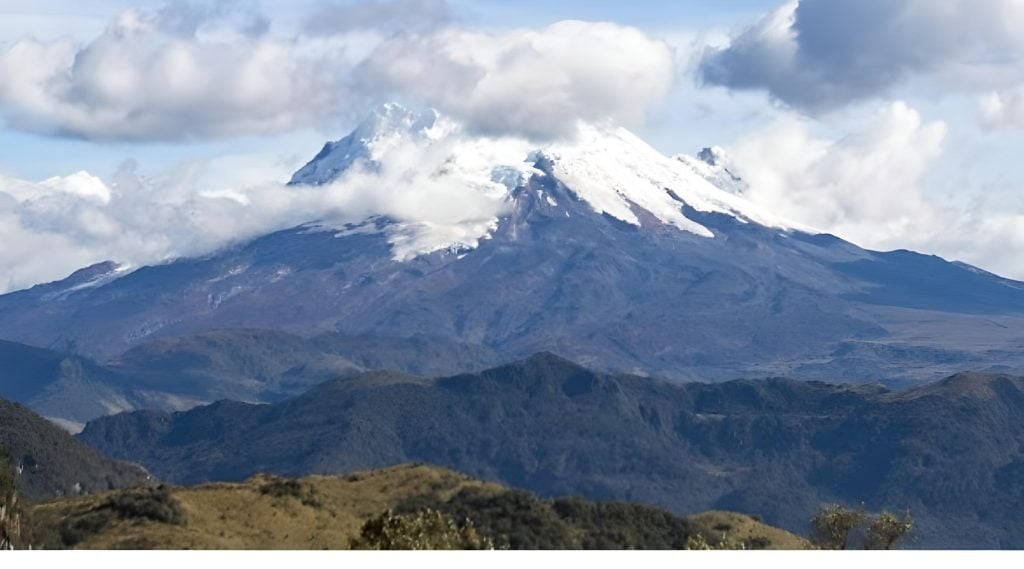
10. Corcovado (710 meters)
Corcovado is a mountain located in Brazil and is the iconic landmark of the city of Rio de Janeiro. The Christ the Redeemer statue is located at its summit, which is a popular tourist destination. Climbing Corcovado is relatively easy and can be done by taking a train or a cable car. It offers breathtaking views of Rio de Janeiro and the surrounding area.
